Ensuring a Safe and Fun Halloween
Fall is in the air, which means that Halloween is just around the corner. This celebration of spooks and hallows is a favorite of all ages. Here are a few…
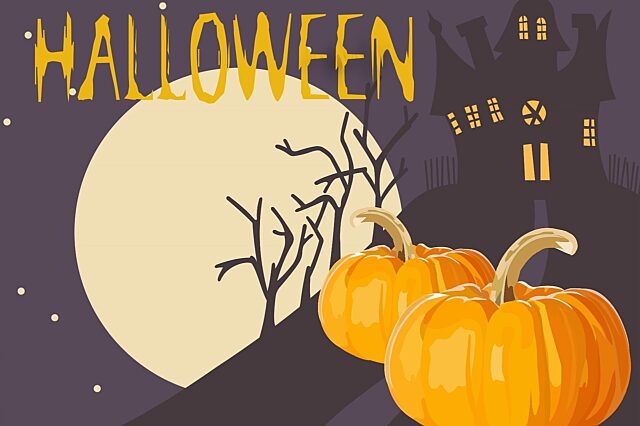
Update your location to show providers, locations, and services closest to you.
A cut is a break or opening in the skin. It is also called a laceration. A cut may be deep, smooth, or jagged. It may be near the surface of the skin, or deeper. A deep cut can affect tendons, muscles, ligaments, nerves, blood vessels, or bone.
A puncture is a wound made by a pointed object such as a nail, knife, or sharp tooth. Puncture wounds often appear to be on the surface, but may extend into the deeper tissue layers.
Wound - cut or puncture; Open wound; Laceration; Puncture wound
Symptoms include:
Infection may occur with some cuts and puncture wounds. The following are more likely to become infected:
If the wound is bleeding severely, call your local emergency number, such as 911.
Minor cuts and puncture wounds can be treated at home. Prompt first aid can help prevent infection and thereby speed healing and reduce the amount of scarring.
Take the following steps:
FOR MINOR CUTS
FOR MINOR PUNCTURES
Call 911 or your local emergency number if:
Call your health care provider right away if:
Keep knives, scissors, sharp objects, firearms, and fragile items out of the reach of children. When children are old enough, teach them to how to use knives, scissors, and other tools safely.
Make sure you and your child are up to date on vaccinations. A tetanus vaccine is generally recommended every 10 years.
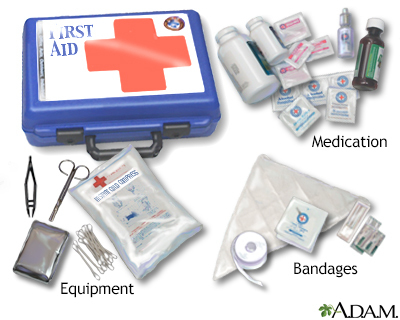
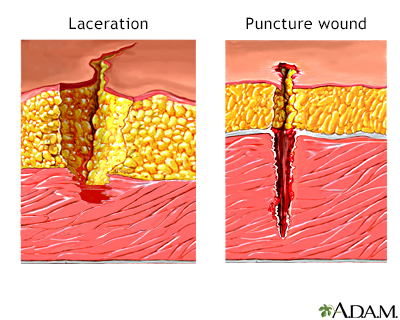
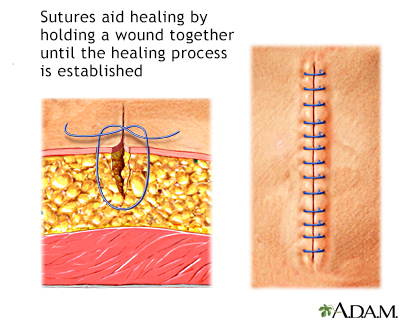
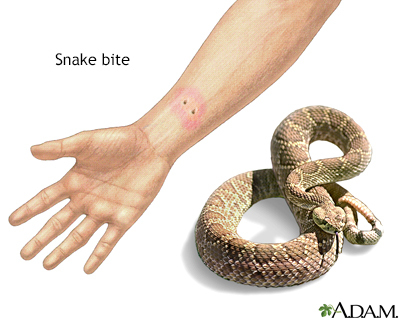
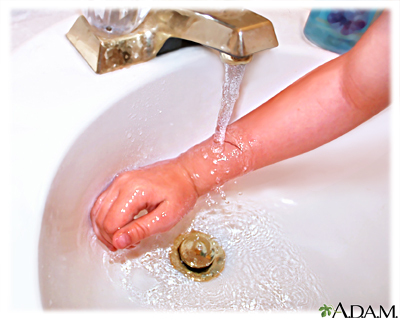
Ball JW, Dains JE, Flynn JA, Solomom BS, Stewart RW. Skin, hair, and nails. In: Ball JW, Dains JE, Flynn JA, Solomom BS, Stewart RW, eds. Seidel's Guide to Physical Examination. 9th ed. . St Louis, MO: Elsevier; 2019:chap 9.
Lammers RL, Aldy KN. Principles of wound management. In: Roberts JR, Custalow CB, Thomsen TW, eds. Roberts and Hedges' Clinical Procedures in Emergency Medicine and Acute Care. 7th ed. Philadelphia, PA: Elsevier; 2019:chap 34.
Simon BC, Hern HG. Wound management principles. In: Walls RM, Hockberger RS, Gausche-Hill M, eds, eds. Rosen's Emergency Medicine: Concepts and Clinical Practice. 9th ed. Philadelphia, PA: Elsevier; 2018:chap 52.

Fall is in the air, which means that Halloween is just around the corner. This celebration of spooks and hallows is a favorite of all ages. Here are a few…
